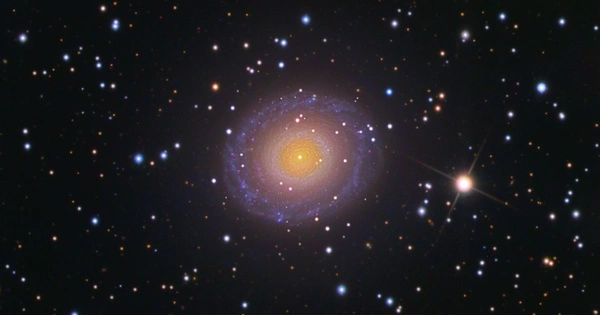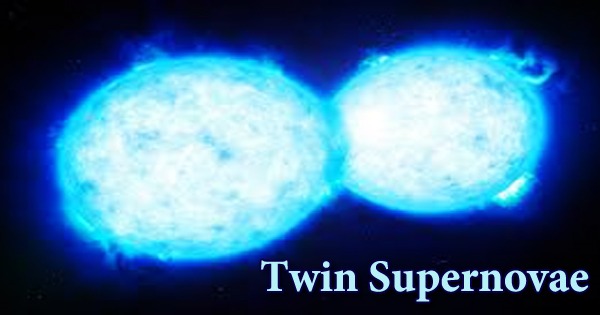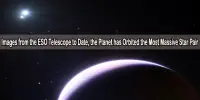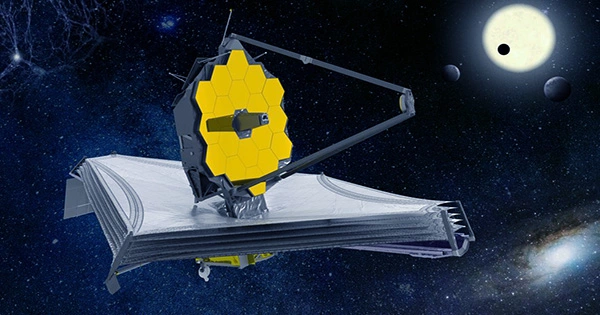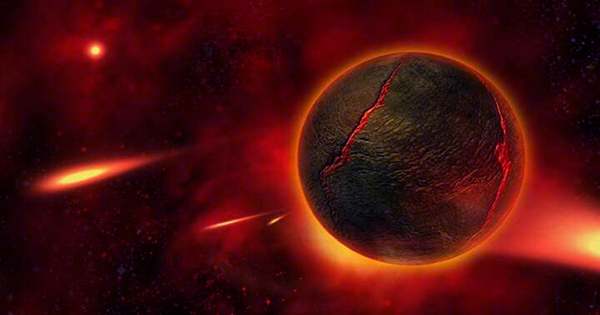NGC 7217 is a barred spiral galaxy in the constellation Pegasus. It is an unbounded spiral galaxy located 50 million light-years from Earth in the northern constellation of Pegasus (the Winged Horse). It is moving away from us at a rate of about 952 kilometers per second. Because it is located north of the celestial equator, it is more visible from the northern hemisphere.
It is an active galaxy with an active galactic nucleus (a compact region at the center of a galaxy that has a much higher than normal luminosity, probably caused by accretion of mass by a supermassive black hole at the center of its host galaxy).
Features
NGC 7217 is a gas-poor system with several rings of stars concentric to its nucleus: three main ones – the outermost one being the most prominent and containing the majority of the gas and star formation in this galaxy – plus several others inside the innermost one discovered with the help of the Hubble Space Telescope; a feature that suggests NGC 7217’s central regions have experienced several starbursts. There is also a massive spheroid that extends beyond its disk.
Other noteworthy features this galaxy has are the presence of a number of stars rotating in the opposite direction around the galaxy’s center to most of them and two distinct stellar populations: one of intermediate age on its innermost regions and a younger, metal-poor version on its outermost ones.
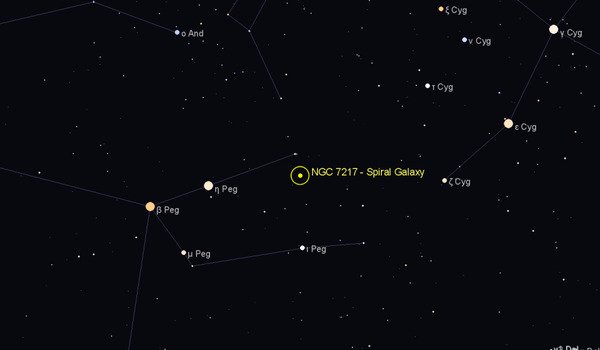
The presence of three optical ring-like zones of stars concentric to its bright nucleus is one of NGC 7217’s main characteristics. It has a tightly wound, flocculent spiral structure with two spiral arms in the outer ring region. This suggests that the central regions of NGC 7217 have been subjected to a number of starbursts. The outer ring is dominated by bright blue stars and has seen the majority of the galaxy’s recent star formation. Despite the fact that the galaxy is very gas poor for a spiral, the hydrogen gas is concentrated in this ring. A vast, nearly circular luminous halo surrounds the galaxy.
It has been proposed that these features are the result of a merger with another galaxy, and computer simulations show that NGC 7217 could have been a large lenticular galaxy that merged with one or two smaller gas-rich late Hubble type galaxies to form the spiral galaxy we see today; however, this galaxy is currently isolated in space, with no nearby major companions. Recent research, on the other hand, suggests that NGC 7217’s massive bulge and halo were formed in a merger, and the disk formed later (and is still growing) by accreting gas from the intergalactic medium or smaller gas-rich galaxies, or most likely from a previously existing reserve.
Another feature of this galaxy is the presence of a number of stars rotating in the opposite direction around the galaxy’s center to the majority of them, as well as two distinct stellar populations: one of intermediate age in its innermost regions and a younger, metal-poor population in its outermost regions. A symmetric ring of dust that surrounds the nucleus is another notable feature. Other dust lanes can be seen mostly on the galaxy’s near side.
